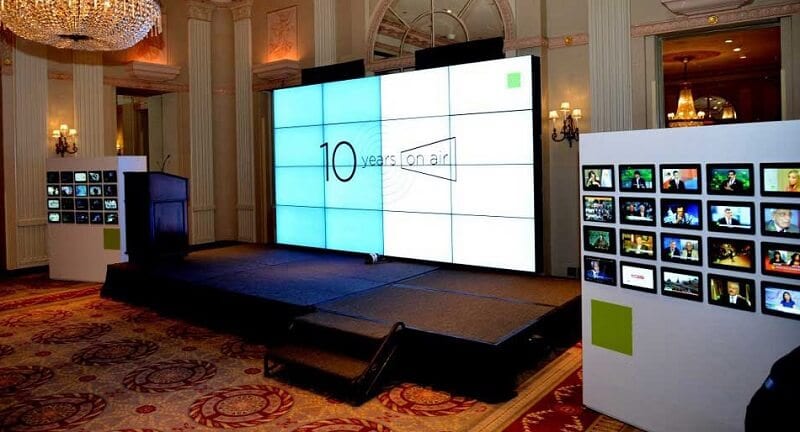Explaining Light Emitting Diode Wall Screen Illumination Measurements aiming at Optimal Screen Performance
Explaining Light Emitting Diode Wall Screen Illumination Measurements aiming at Optimal Screen Performance
Blog Article
Light Emitting Diode panel screens have become more and more favored across different settings, from homes to businesses and communal areas. Such screens are known due to the vivid as well as dynamic visuals, that render them suitable for conveying information, ads, and entertainment. However, understanding brightness illumination levels for Light Emitting Diode panel screens is essential for ensuring optimal display performance. Brightness is quantified in units called nits, which show the amount of light is emitted from a screen. A greater the quantity in nits, the brighter the display is. For instance, instance, one panel boasting one thousand candelas stands considerably brighter than one featuring five hundred candelas, rendering it more suitable in brightly lit settings.
As you choosing an LED wall panel, it becomes crucial to take into account the environment in which the screen will be placed. For well-lit lit areas, like shopping malls and open-air settings, a higher brightness rate is necessary to ensure clarity. On the other hand, in darker environments, such as theaters or meeting spaces, lower diminished brightness level may suffice. This is because excessive brightness in a dark setting may result in viewer discomfort among the audience, causing them harder to focus on the display. Therefore, understanding the specific requirements of an setup site will aid with selecting a suitable illumination rate to ensure ideal visual experience.
A further crucial element for take into account the contrast differential proportion in an Light Emitting Diode panel screen. This ratio measurement measures how much disparity exists between the brightest most luminous light versus the darkest black shade which the screen can create. An greater differential proportion indicates the display can it can show more clarity as well as richness, thereby enhances overall image quality. For instance, a panel with an differential ratio of 10,000:1 will display images featuring more vivid colors and sharper details than a featuring a ratio of 1,000:1. This is particularly crucial in instances where showing visuals and led screen walls motion graphics which demand high clarity and detail, including slideshows and promotional material.
Additionally, the technology mechanism behind LED wall screens has an essential role for the illumination as well as total efficiency. Different types of Light Emitting Diode methods, including Organic Light Emitting Diode and Liquid Crystal Display, possess distinct characteristics that affect the way luminosity is experienced. OLED panels often provide superior contrast as well as darker shades, which can enhance a visual experience within darker environments. Conversely, standard Light Emitting Diode panels may prove to be better for bright environments because of the ability to generate greater levels of brightness. Understanding such tech-related differences can help consumers in making knowledgeable decisions according to specific specific needs.
In conclusion, consistent maintenance and calibration for LED wall panels may help maintain ideal illumination and performance long-term. Dirt and particles may accumulate in the surface, impacting its brightness and sharpness of the visual. Regular cleaning and professional adjustment moved here can ensure that panel screen operates in top best, offering uniform image quality. Additionally, certain advanced LED panel panels come built-in built-in features which allow users for modify brightness settings as well as hue settings based on their preferences. Through taking such measures, users will guarantee that LED LED wall screens deliver an optimal display efficiency, regardless of the environment where which these are placed.